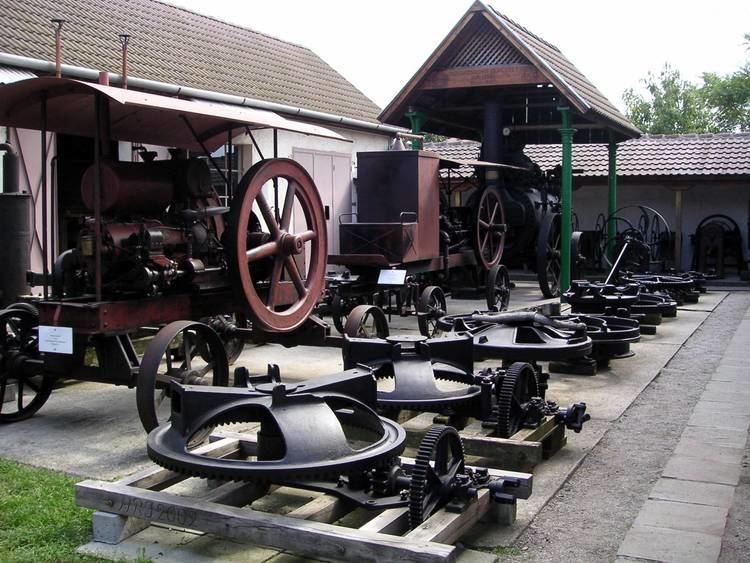Time zone CET (UTC+1) Area code(s) 49 Local time Monday 2:35 PM | County Borsod-Abaúj-Zemplén Postal code 3400 Population 16,905 (2008) | |
 | ||
Weather 17°C, Wind W at 19 km/h, 50% Humidity Points of interest Matyó Museum, Museum of Agriculutural Machinery, Hadas Városrész Mezőkövesd, Bútorfestő Alkotóház és Hímző, Kisjankó Bori Memorial | ||
Mezőkövesd [ˈmɛzøːkøvɛʒd] is a town in Borsod-Abaúj-Zemplén county, Northern Hungary. It lies 50 km (31 mi) from Miskolc and 15 km (9 mi) from Eger.
Contents
- Map of MezC591kC3B6vesd Hungary
- The longest ex military airport of hungary mez k vesd airport
- History
- Tourist sights
- Twin towns sister cities
- Notable people
- References
Map of Mez%C5%91k%C3%B6vesd, Hungary
The longest ex military airport of hungary mez k vesd airport
History
The area has been inhabited since the Great Migration. It's likely that the first Hungarian settlement was formed here shortly after the conquest of Hungary, but in 1275 in a church document it was mentioned as a deserted place. It is likely that the village was destroyed during the Mongol invasion of Hungary.
In the 13th century, Mezőkövesd was the southernmost town belonging to the Diósgyőr estate. In 1464 the town got a seal and privileges from King Matthias. The name of the Matyó people, who inhabited the town and the area, is likely to have come from his name.
In 1544 the town was occupied by the Turks. In 1552 – in the year when the Castle of Eger was under siege by the Turks – Mezőkövesd was completely destroyed. Though it was rebuilt, after the battle in the nearby village of Mezőkeresztes, it was destroyed again in 1596 and wasn't rebuilt for almost 100 years.
Until 1784 Mezőkövesd was royal estate. In that year the town freed itself from its feudal obligations. The following years brought prosperity. In 1860 the railway line reached the town.
In 1938 a thermal spring was found in the estate of Lajos Zsóry. A thermal bath was built and now it is one of the main tourist attractions of the town. In 1941 the town had 21,000 residents, the highest population ever recorded.
Tourist sights
Twin towns — sister cities
Mezőkövesd is twinned with:
